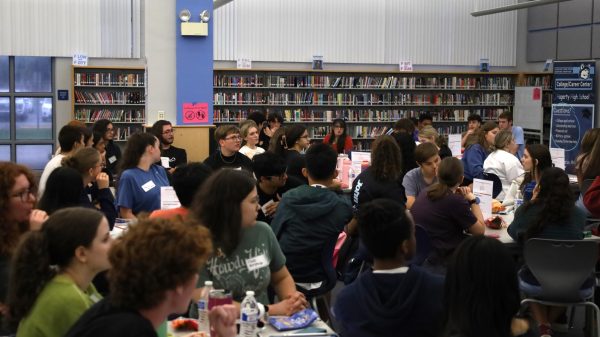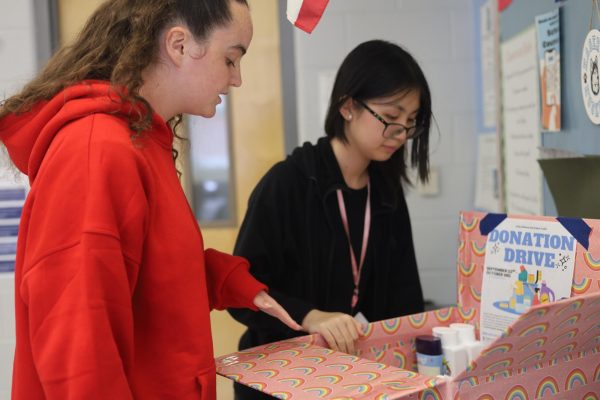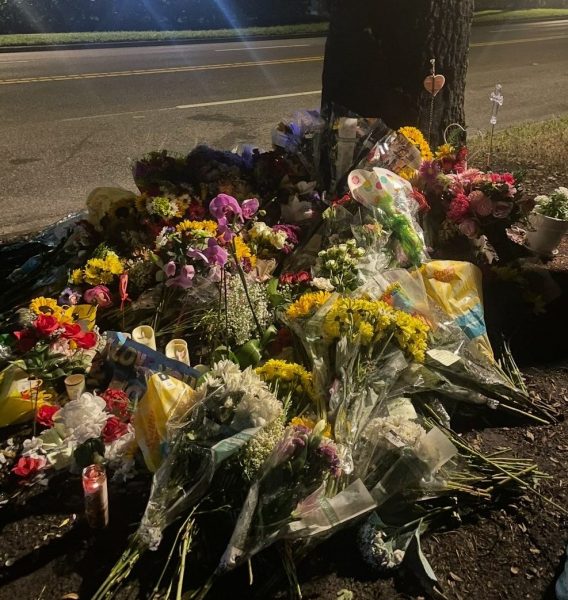SSC eclipse viewing escapes rain out
photo by Chatham Farewell
Instructors in Seminole State College set up equipment for the viewing of the eclipse. The equipment later had to be covered to prevent damage because of the rain.
Despite passing showers, on Monday, Aug. 21, Seminole State College held the Eclipse 2017 Observing Event from 12 pm to 4:30 pm.
The Observing Event was free to the public, including parking, and the main purpose was to give everyone a safe viewing spot for the eclipse. Many experts helped control the crowds and answered any questions.
The Foundation for Seminole State College granted funds for 5,000 pairs of approved solar viewing glasses. Within 45 minutes from the start of the event, all of the glasses were handed out. People who were not able to get a pair of the glasses were still able to view the solar eclipse using the telescopes, or by borrowing glasses from other people.
The Central Florida Astronomical Society along with Seminole State College STEM Club, set up the approved filtered telescopes to better view the eclipse. The telescopes had special solar lenses on them to protect the viewers’ eyes from the UV rays.
Schools, like the Seminole Science Charter School, took a field trip to the campus for a safe viewing location. Students from Hagerty also went to SSC to see the eclipse.
Senior Efren Gonzalez and a group of his friends left the school during the excused check out time. He then drove to Lake Mary, just in time for the SSC viewing event.
“The eclipse was awe-inspiring,” Gonzalez said. ”It’s a once-in-a-lifetime experience and I’m so happy that I had the chance to see it.”
One problem for those attending was the heavy downpour at the start of the event. There were many clouds in the sky, blocking the view of the eclipse during the first couple of hours.
Many brought cameras with authorized lenses, that allow the camera to take pictures of the sun. News stations from across Central Florida came out to the event and filmed the crowds. With all of the expensive telescopes and equipment, they had to be covered by tents, set up all over the courtyard to prevent damage.
During the storm, people had the opportunity to sit on the chairs set up inside the automotive building where they could view a live broadcast on the eclipse on ABC. The weather did clear up and in time for the climax of the eclipse at 2:51 pm.
Throughout the eclipse, people were able to see the moon partially covering the sun, allowing them to see a view that will not be available again until the year 2024.
Your donation will support the student journalists of Hagerty High School. We are an ad-free publication, and your contribution helps us publish six issues of the BluePrint and cover our annual website hosting costs. Thank you so much!








